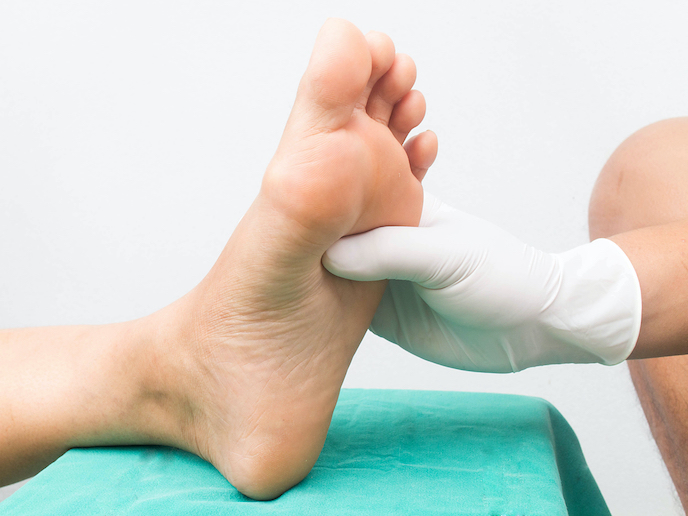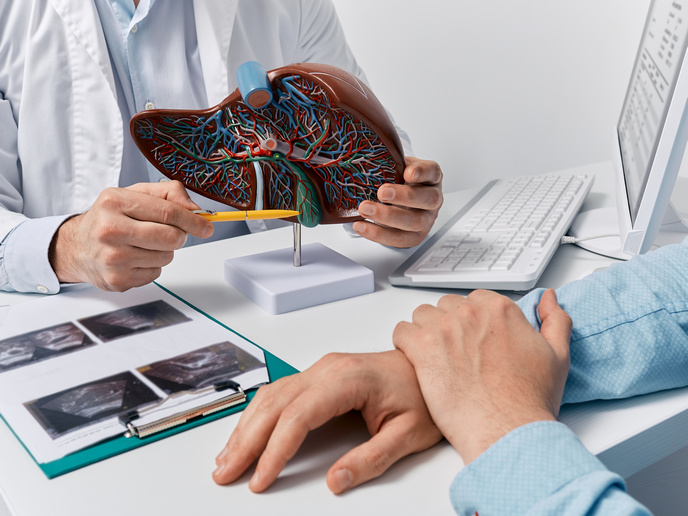Helping diabetics keep their feet
While most of us take our body’s ability to heal from a wound for granted, this is not the case for the hundreds of millions of people living with diabetes. That’s because diabetics have an increased risk of developing peripheral artery disease(opens in new window) (PAD), an abnormal narrowing of the arteries that most often affects the flow of blood to the legs. If the diabetic’s PAD is left undiagnosed and thus untreated, it could evolve into critical limb ischaemia(opens in new window) (CLI), a disease defined as ischaemic rest pain, ulcers caused by arterial insufficiency, and gangrene. CLI has a negative prognosis, with 25 % of patients having their foot amputated or dying just 1 year after diagnosis and 50 % dying within 5 years of diagnosis. The key to preventing CLI is to ensure that an adequate blood supply is delivered to the wound. For that, there is VOTIS. “Our goal is to help improve the quality of life for the rapidly growing number of diabetics by reducing the risk of amputations and other consequences of reduced blood flow,” says Merrill Weber, VOTIS(opens in new window) co-founder, CEO and president. Thanks to the support of an EU-funded feasibility and market study, the VOTIS system is one step closer to being approved for clinical use.
From one to three
VOTIS was originally conceived to be a single, inexpensive, portable device used to safely screen, stage and monitor the diabetic foot. However, during the feasibility study, management quickly realised that they were in effect marketing three separate devices. “Once we understood this, we reformatted the technology into a suite of three devices,” explains Weber. “As a result, we now have a solution that can accompany the diabetic throughout the entire patient journey – from identifying PAD to monitoring the condition through the development of CLI and, when necessary, into the operating room.” While the first device, called PedCheck, is used to screen the patient’s feet for PA, the second device, called PedStage, is used by a specialist to assess blood and oxygen flow in the foot, severity of ulcers or gangrene, and infection, and to objectively track changes over time. “For the first time, doctors can properly see what they are doing,” notes Weber. “By identifying which areas of the foot lack perfusion, the doctor can identify the specific arteries in the leg that are blocked.” If the condition escalates to a point where revascularisation, bypass, open surgery or minor/partial amputation is required, the doctor can use a third device, called PedFlo, to get a real-time assessment of blood flow in the foot during the procedure itself.
Benefiting patients
VOTIS now has a keen understanding of how its suite of devices can benefit patients. “By helping us expand our vision, we now have a solution ready to accompany the diabetic at every stage and to delay, if not entirely eliminate, the need for amputation,” concludes Weber. The team is currently raising additional funds to build beta prototypes of its three devices. These prototypes will then undergo in-field testing in Germany, India, Israel, Italy and the United States (US). If successful, VOTIS will seek CE marking(opens in new window) and US FDA(opens in new window) clearance to market the device in the European and US markets respectively, and to reach other international markets as well.







